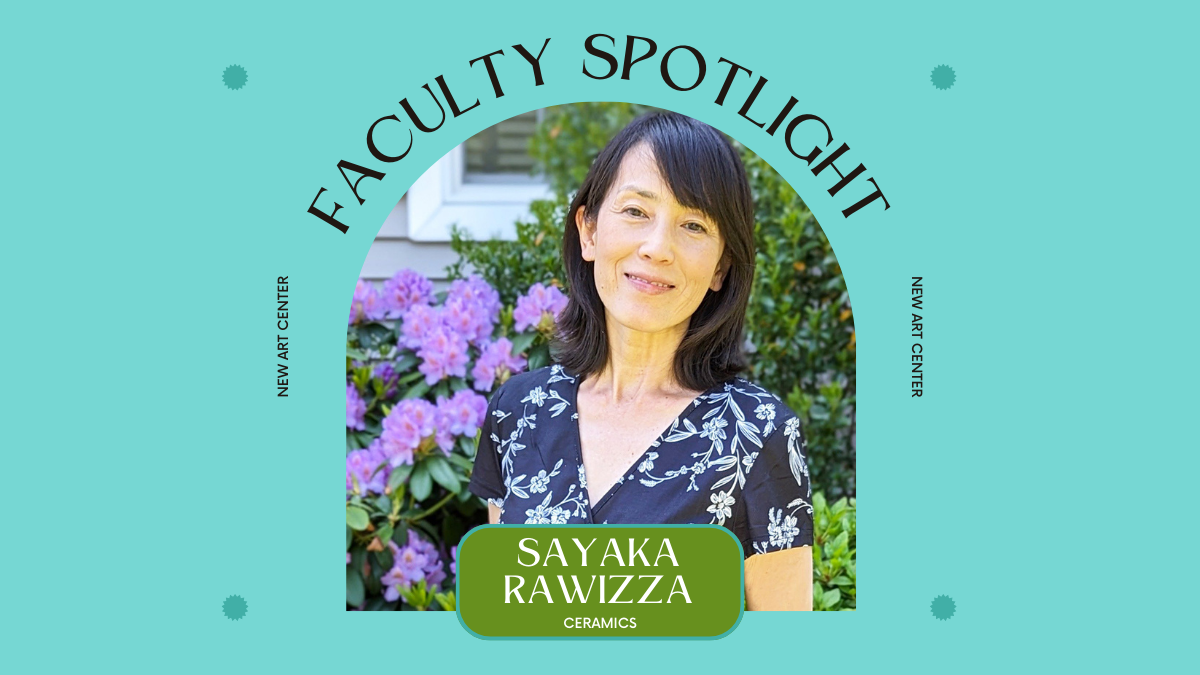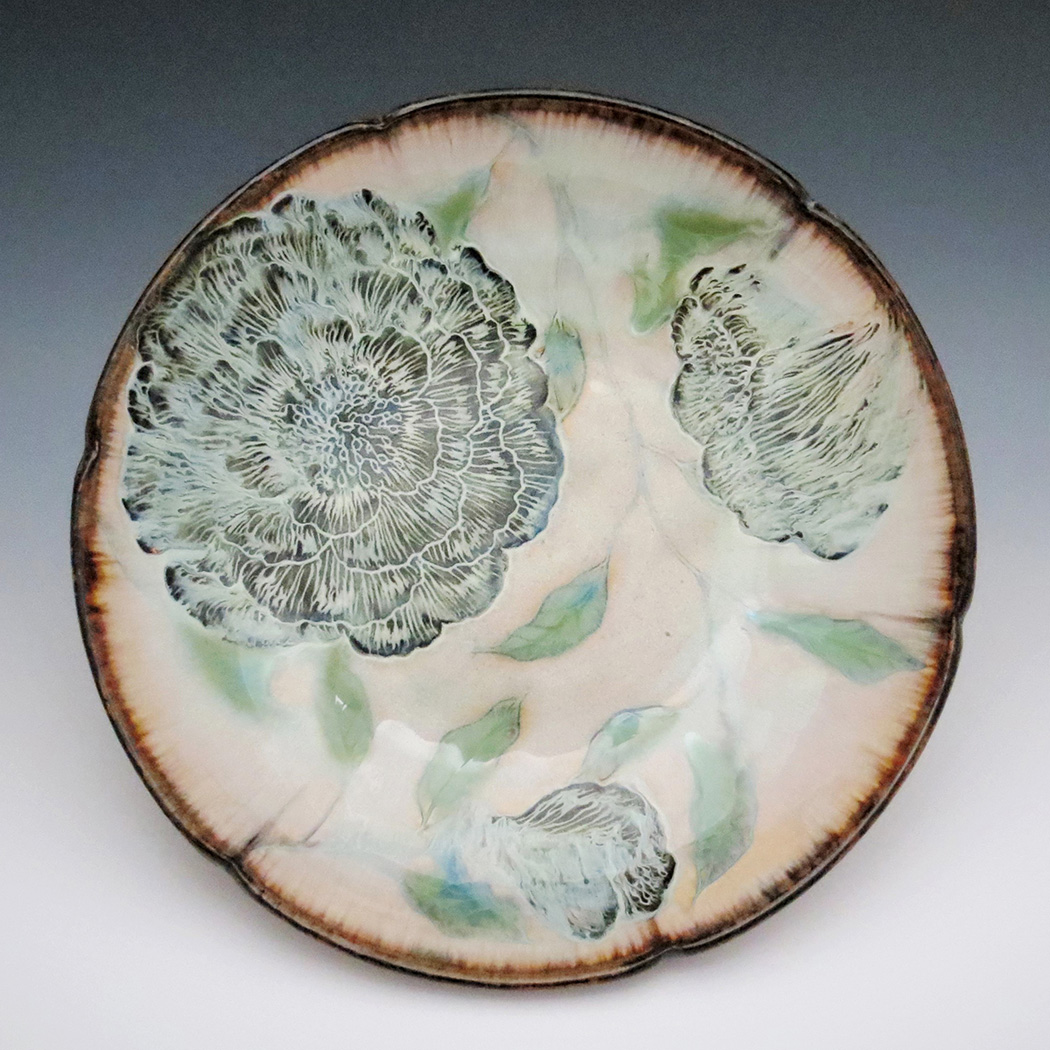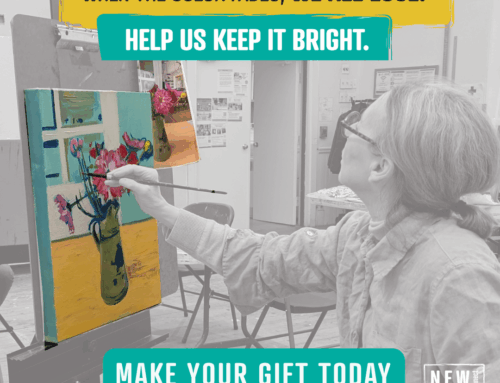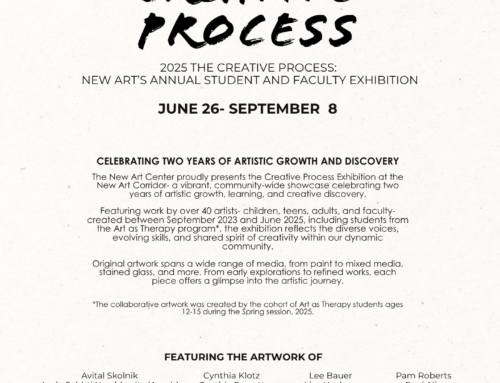Sayaka Rawizza, Ceramics
How did you get into your field?
During my time working tirelessly in the advertising department in Japan, creating commercial films and magazine ads, I had a sudden desire to pursue pure art. I decided to study ceramics because potteryware was deeply ingrained in my culture and daily life. The endless creative possibilities of pottery-making never get me bored and always spark my curiosity.
Who or what were influences to your growth as an artist?
I draw my inspiration from nature and the beautiful feelings it evokes in me. One of my favorite places to visit is Mystic Lake, which is conveniently located near my house. Every time I take a stroll there, I discover something new that sparks my creativity. I always ask myself, “How can I capture this fleeting moment and express it through my art?” The answer to that question is what drives me to create. Moreover, I am also inspired by other artists’ work that beautifully captures their creative moments.
What does teaching/facilitating access to art experiences mean to you?
Teaching pottery is something I thoroughly enjoy. I take great pleasure in helping aspiring students to discover their creative strengths and apply them to their art. My ultimate goal is to share the joy of pottery-making with others in a way that enriches their lives and becomes a life-long learning experience for them. Teaching, for me, is a two-way street. It can be challenging at times, but it also helps me to see things from different perspectives and become a better teacher. I find that my students’ creativity often inspires me to come up with new methods and ideas.
What would you tell someone considering going into the arts?
Pottery making is an art form that is accessible to everyone. With the use of simple and non-intimidating materials such as clay, you can create functional or sculptural forms. You can start by pinching pots or challenging yourself to throw clay on the wheel. The possibilities for forms, shapes, and visual effects are endless, allowing you to bring your unique creativity to life. However, mastering pottery-making skills takes time, so it’s important to be patient and enjoy the learning process.
Answer of your choice.
As a child, I was fascinated by the Japanese Tea Ceremony, also known as the Way of Tea. Growing up in a historical town surrounded by Zen temples, I was exposed to traditional Japanese art at a young age. The Tea Ceremony is based on four principles, “Wa, Kei, Sei, Jaku,” which translate to Harmony, Respect, Purity, and Tranquility. By immersing oneself in the moment, guests can experience these principles. My first experience with wheel-throwing pottery brought back memories of the inner experience of the Tea Ceremony, specifically, the respect for the nature of clay and fire, patience, and repetitive methods to achieve mastery and orderly perfection built on wabi-sabi. In the Tea Ceremony, guests hold a bowl in their hands, appreciating its visual and sensory qualities, and finding simple beauty in its humble and unpretentious appearance. Although I no longer practice the Tea Ceremony, making pottery allows me to experience the same unpretentious beauty.
We’ll be highlighting staff and faculty artists through out the year. Sayaka teaches ceramics classes & workshops at the New Art Center.





